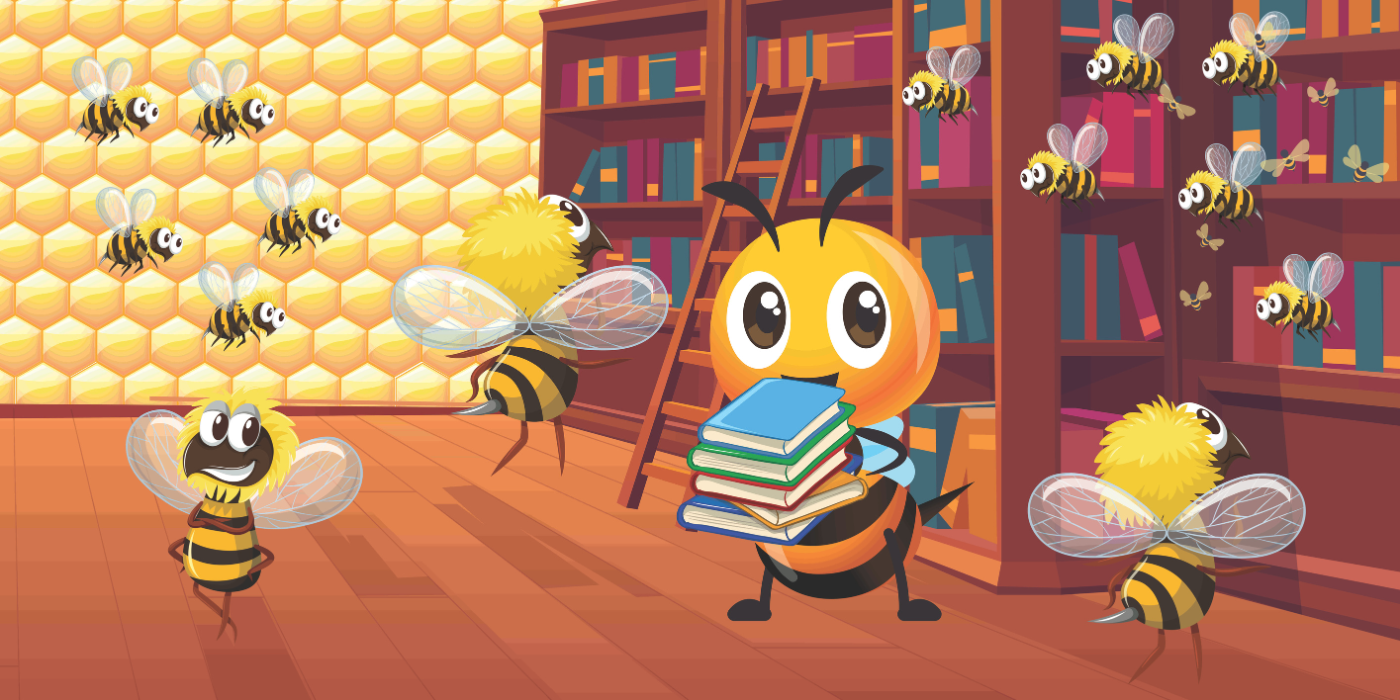
Bee Anatomy 101 | A Closer Look at the Life and Structure of a Honeybee
Honeybees are fascinating creatures with highly specialized bodies designed to thrive in complex hive environments. Though small, honeybees play an enormous role in pollination, the ecosystem, and human agriculture. Understanding the anatomy of honeybees provides insight into how they operate within the colony and the vital tasks they perform. From their heads to their wings and legs, every part of a bee’s body serves a crucial function in ensuring the health of their hive and the environment.
In this blog, we’ll take a closer look at the anatomy of a honeybee, breaking down their physical structure and the role each part plays in their daily life.
The Basics of Bee Anatomy
Honeybees belong to the insect order Hymenoptera, which also includes ants and wasps. Their body is divided into three main parts: the head, thorax, and abdomen. Each of these sections houses different specialized organs and appendages that allow bees to perform complex tasks like collecting nectar, defending the hive, and communicating with other bees.
The Head: Sensory and Feeding Hub
The head of a honeybee is home to most of its sensory organs, allowing it to navigate its environment, communicate with hive mates, and forage for food.
- Compound Eyes: Honeybees have two large compound eyes, made up of thousands of tiny lenses, which enable them to see a wide range of colors (including ultraviolet light, which humans cannot see) and detect movement. These eyes are crucial for spotting flowers during foraging.
- Ocelli: In addition to compound eyes, bees have three smaller eyes on top of their head called ocelli. These simple eyes help bees detect light intensity and aid in orientation and flight stability.
- Antennae: Honeybees have two antennae that are highly sensitive to smell and touch. These sensory organs allow bees to detect pheromones (chemical signals) from other bees, as well as identify flowers, food sources, and even danger. The antennae are also used for tactile exploration, helping bees navigate dark hive interiors.
- Mandibles and Proboscis: Bees have two powerful mandibles (jaws) used for tasks like cutting wax, feeding larvae, and defending the hive. They also have a long, straw-like proboscis, which they use to drink nectar from flowers. The proboscis acts like a pump, allowing bees to siphon nectar into their mouths for storage in their honey stomach.
The Thorax: Powerhouse for Flight and Movement
The thorax, or middle section of the bee's body, is all about movement and flight. It houses the bee’s wings and legs, which are vital for foraging and hive duties.
- Wings: Honeybees have two pairs of wings – a larger front pair and a smaller rear pair. These wings are connected by tiny hooks called hamuli, allowing them to work in unison during flight. Bees can flap their wings up to 230 times per second, enabling them to hover over flowers and quickly return to the hive with their foraged goods.
- Legs: A honeybee has six legs, each equipped with various specialized structures. For instance, the front legs have brushes that bees use to clean their antennae, while the hind legs have pollen baskets (known as corbiculae) where bees store collected pollen for transport back to the hive.
- Pollen Basket (Corbicula): On the hind legs of female worker bees, there are pollen baskets made of stiff hairs that help them pack and carry pollen. When bees visit flowers, they collect pollen grains, pack them into the pollen baskets, and bring them back to the hive to feed the colony.
The Abdomen: Digestive, Reproductive, and Defensive Functions
The abdomen is the bee's largest body segment, housing essential systems for digestion, reproduction, and defense.
- Honey Stomach: Honeybees have a specialized stomach known as the honey stomach, or crop, which is used to store nectar and water. This organ allows bees to collect large amounts of nectar from flowers and transport it back to the hive without digesting it. Once at the hive, they regurgitate the nectar to other bees, who then process it into honey.
- Digestive System: After nectar is stored in the honey stomach, any food that needs to be digested passes through the digestive tract. Here, enzymes break down food for energy and nutrients.
- Wax Glands: Worker bees have wax glands located on the underside of their abdomen. These glands secrete wax, which bees use to construct and repair the honeycomb structure of the hive. When needed, they chew the wax flakes to soften them and mold them into the necessary shapes.
- Stinger: Perhaps the most infamous part of the bee is its stinger. Only female bees (workers and queens) have stingers. The stinger is located at the end of the abdomen and is equipped with venom glands. Worker bees use their stinger to protect the hive from predators. Unfortunately, once a honeybee uses its stinger, it dies because the barbed stinger remains embedded in the victim's skin, causing the bee's abdomen to tear upon escape.
The intricate anatomy of honeybees allows them to perform the critical functions necessary for the survival of their colony and the environment. From foraging and pollinating to building their hive and producing honey, each part of a bee’s body is uniquely adapted to their highly specialized roles. Understanding the structure and function of honeybees not only deepens our appreciation for these incredible insects but also highlights the importance of protecting them and their habitat.



Leave a comment